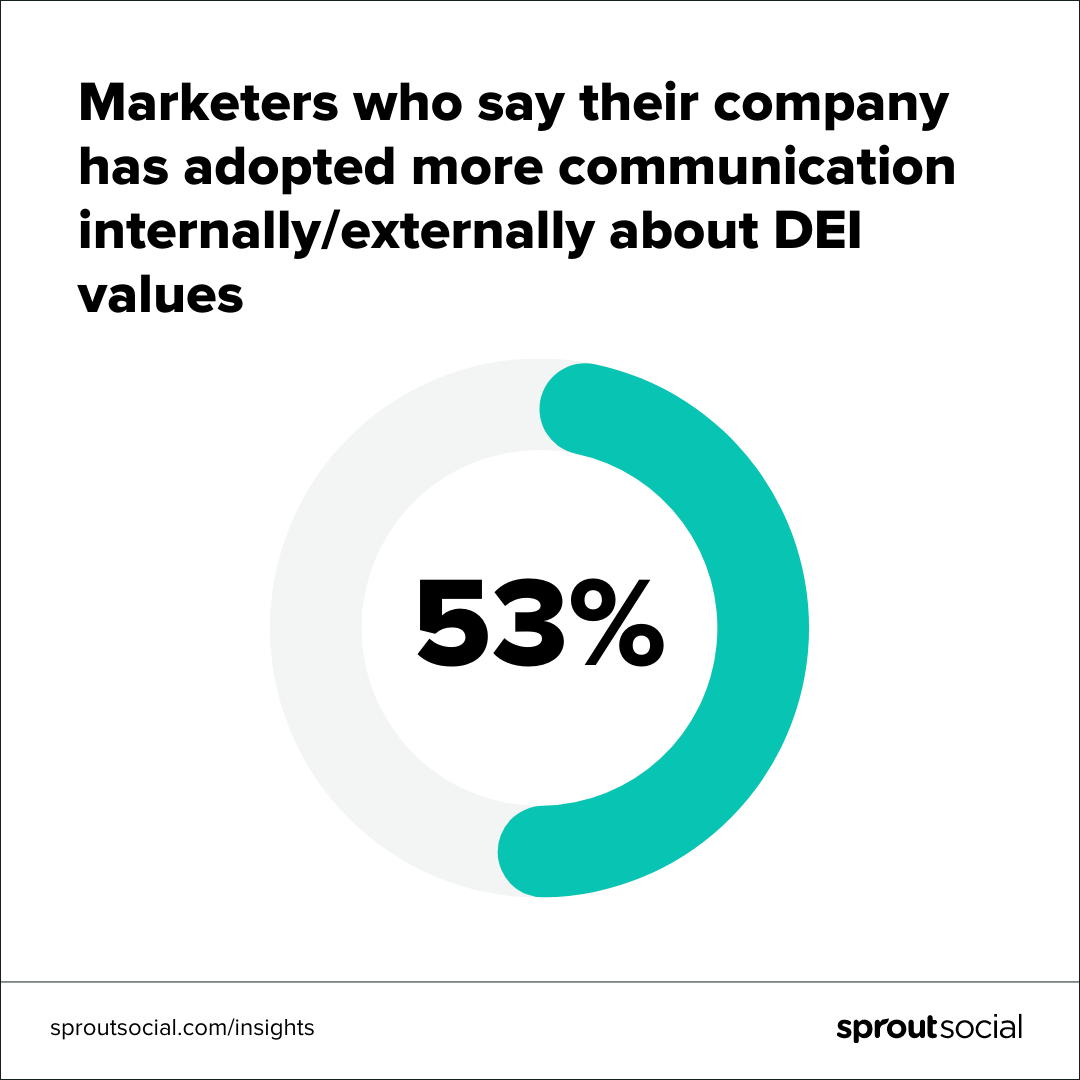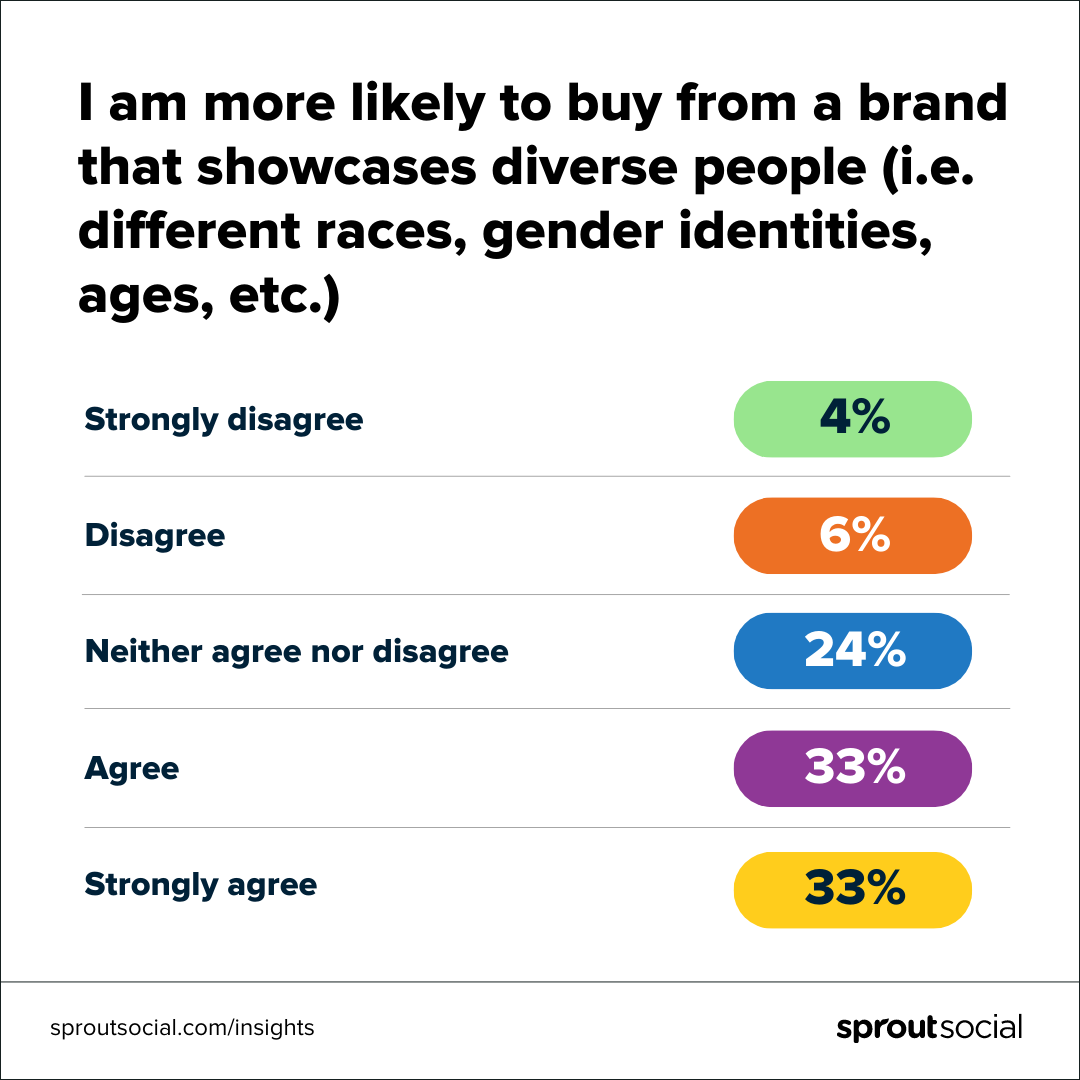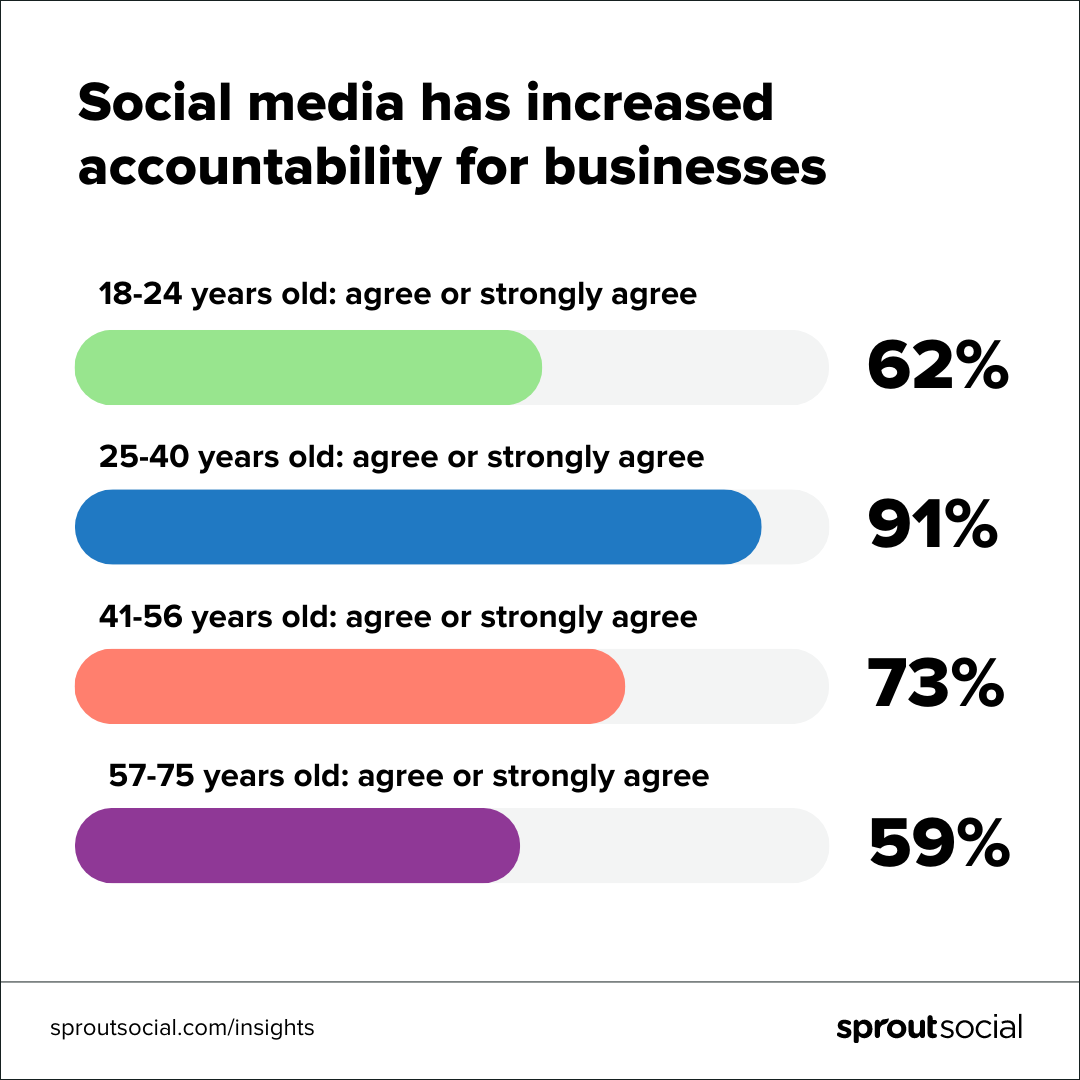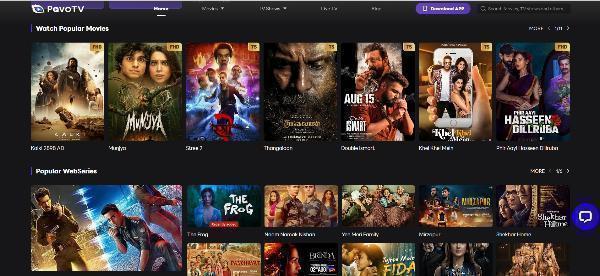Diversity on social media is crucial. However, accomplishing diversity on social media is not a job that can be accomplished solely by your social media manager, or by posts alone.
Truly embracing diversity in marketing requires cross-organization collaboration, a sustainable strategy and internal work first.
People expect the companies they shop with and the organizations they support to take a stand. In fact, according to a Q2 2024 Sprout Pulse Survey, more than 40% of consumers will unfollow a brand whose values don't align with their own.
Your team has likely created campaigns in the past for Black History Month, Women’s History Month or Pride. And you may have made commitments to supporting marginalized communities and DEI. In fact, more than half of marketers say their company has adopted more communication internally and externally about DEI values, according to a recent Sprout Social survey of 300 marketers.

That’s all a great start. But diversity in social media must be incorporated into your long-term strategy—not just when a hashtag is trending. And that requires work inside of your organization, and out. Use this article to guide your diversity efforts.
What to consider as you emphasize diversity in marketing
Diversity in marketing isn’t a nice-to-have—it’s a must-have to ensure you’re truly representing and building trust with your audience.
According to Pew research, the “post-Millennial generation” is the most ethnically and racially diverse. Truly representing your audience means they can see themselves in your organization’s marketing materials, and within your organization.
This impacts your bottom line, too, and will continue to. According to a recent Sprout Social survey, 66% of respondents said they were more likely to buy from brands showcasing people of diverse races, gender identities, ages and more.

From including more diversity in social media images, to identifying when to add your voice, diversity in marketing must be done mindfully and authentically. It’s all well and good to create social content. But developing a strategy for diversity in marketing rooted in your business and values will ensure that you have a sustained, meaningful plan.
As you get started, here are two things to consider:
1. Start from within
Diversity in marketing is external. But we can’t do this work without first looking inward.
Before you can publish anything on social, it’s important to have an understanding of the DEI landscape and values within your organization.
When it comes to DEI, content developed in a communications or creative silo risks coming across as performative if your company’s commitments and activities don’t back it up. After all, 91% of 25-40 year olds think social media has increased accountability for businesses.

If you don’t know what your company is already working on when it comes to DEI, start a conversation—here are a few questions to ask internally:
What is our company’s DEI strategy? What are the main areas our brand is focused on?Where are the gaps in our own organization’s education and how can we further our knowledge?How has our audience responded to communication about these topics in the past? Are there areas of our efforts they were particularly interested in?How is our approach to DEI integrated with our employer brand? How do we represent our employer brand on social, and what could we add or change?Does our workforce reflect our audience and our DEI commitments?In the meantime, focus on the elements you and your team can control and change. This might be internal representation when developing new ideas, representation within social creative, who your brand Retweets or where you source user-generated content.
For example, Target’s social feed is visually extremely inclusive, right down to their UGC—and they often back this up with the products they offer.
Every brand and community are different. If you want your social media approach to resonate with your audience, it’s important to develop a plan that’s truly representative of your brand.
2. Know where you can add authentic value
What your brand says and does on social media should be a direct reflection of your organization’s values and actions.
No brand will be able to speak up on every issue (although some will require speaking up), or jump on every celebration. But your brand values can help guide what to prioritize, where you can add expertise and where you can show up authentically—not in a performative way.
Ben and Jerry’s, for example, is known for having strong, clear values—and sticking to them. They have a landing page that outlines their brand values and commitment to DEI.

And they use their social channels to back these values up with content they produce, or relevant content they reshare from other people or organizations they want to amplify.
Election day is November 8! Make a plan to cast your ballot and make your voice heard.
Find Change is Brewing near you: https://t.co/p9sH8jm3nu
☕️ Coffee by @BlkandBold🎨 Pint art by @SoLaciLike✊🏿 In collaboration with @BlackVotersMtr pic.twitter.com/KDTCYk2CA6
— Ben & Jerry's (@benandjerrys) November 3, 2022














